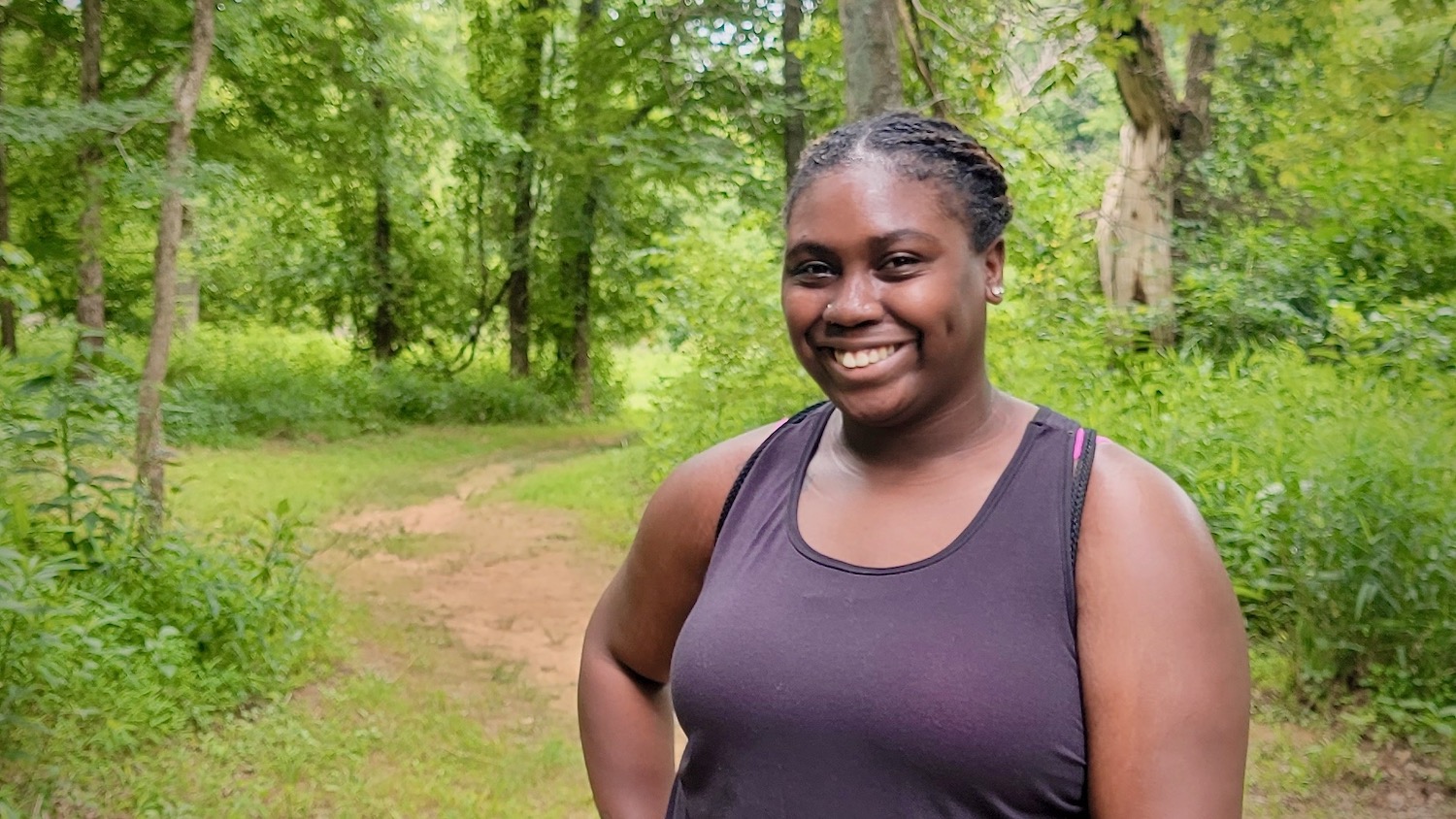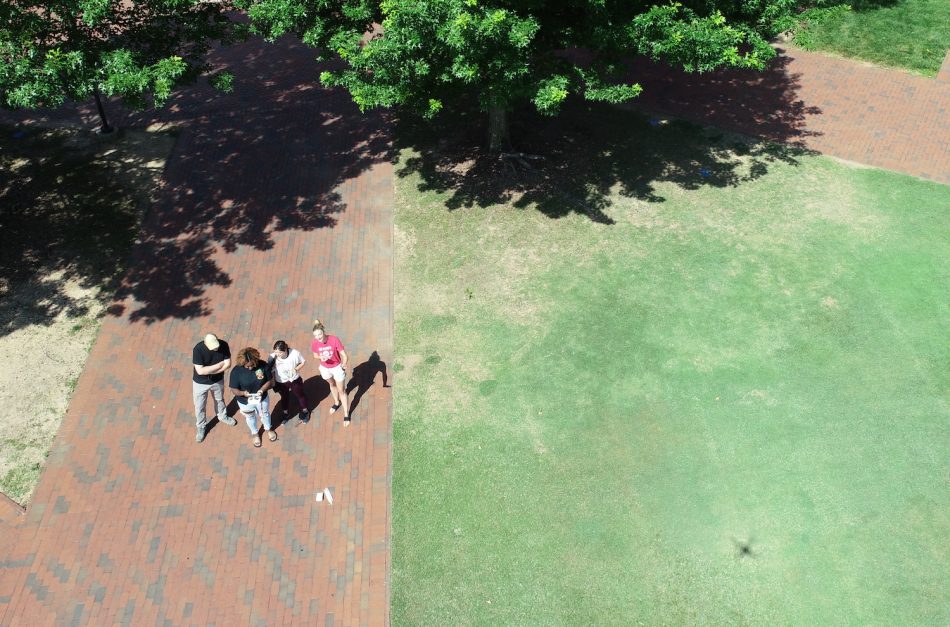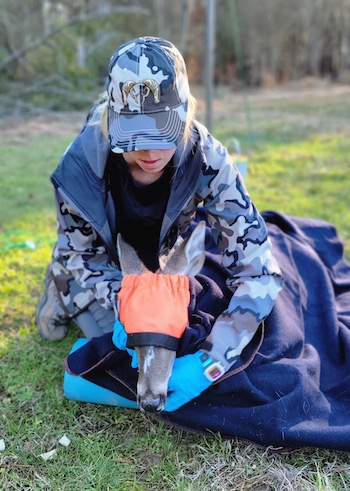
Hi everyone!
My name is Morgan Chavis and I am a junior biology student at North Carolina Agricultural and Technical State University. When I attended a biology research summer internship seminar, I immediately knew how great of an opportunity this science communication internship would be for me. I have previously completed a neuroscience internship with Delaware State University, however I have never just focused on the environmental side of biology or communications. The thought of researching ecology and climate change seemed fun. I interviewed for this position with Ms. Michelle Jewell and the Southeast Climate Adaptation Science Center’s team while on spring break in San Juan, Puerto Rico. At the end of my spring break, I received a confirmation email stating that I was SE-CASC’s new science communication intern and that I would be working with the national climate adaptation team at NC State! You can bet that I was jumping for joy in Puerto Rico!
I started my internship by meeting the SE-CASC team and learning about all the amazing things they had planned for me to experience. Before our first meeting, my manager Michelle asked me to make a list of some skills that I’d be interested in learning. I remember wanting to learn more about how to fly a drone, how to edit videos, and to work on my public speaking. One of the very first skills that I was taught was how to fly a drone. Michelle set up a meeting with graduate student Ámbar Torres Molinari and I to learn the specs of a drone and how to fly one. Flying a drone was something that I thought would be difficult but was actually really easy going.

A more thrilling adventure that I experienced was snake hunting! During June, Alex Nelson, her team, and I went to Eno State River Park to search for snakes – specifically snakes with any signs of parasites. We searched under logs and were able to find a few small worm snakes that were completely hidden from the sun and in a dark cool area. We had a hard time actually locating snakes due to the heat – climate being an important part of Alex’s research! The team swabbed snakes to find any signs of fungus while Alex looked for any signs of parasites where we caught the snakes. Alex decided to start identifying the snake parasites to see how and if they were being spread, and how climate change may be affecting that spread. I was very nervous about what I would end up finding or seeing at the park, not being a fan of snakes, so it is safe to say that I kept my distance!

Another nerve wracking, exciting, and cringe-worthy experience that I had was a snake dissection with Alex. We dissected a snake from Richmond County that was donated to NC State by the North Carolina Museum of Science. The snake was a 15.5in long male adult that was preserved by being frozen since 2004! Alex found lots of parasites in the snake and placed them flat on a glass slide to view them in the microscope and identify the parasite types. Identifying parasites in snakes is important since several have never been described before. Check out my article about Alex’s research in A Snakey Situation.

One of my last science communication adventures was deer tracking with Mikiah Carver. We headed to Eno State River Park to locate and track deer. The deer and fawns had collar tags that Mikiah and her team placed on them earlier in the year. Mikiah informed me that she decided to track deer and fawns to understand how long the fawns/deer live, how long they carry their babies, and how long they live in urban environments.
In conclusion, I absolutely had an amazing time with this wonderful team! I am very blessed, thankful, and grateful that this team chose me to be a part of their team. I’ve learned so many new things in such a short amount of time. Something that I truly value within this team is our ability to create a relaxed, open, and transparent environment. Ever since our first time meeting, the team immediately made me feel comfortable enough to confide in them. From meeting up to grab coffees and smoothies, to one on one venting sessions with Ambar who keep me from crying about my summer chemistry course horror story, to absolutely cracking up from my manager Michelle’s hidden humor. Needless to say, I am able to end this summer with plenty of new experiences in science communication, great peers by my side, and lots of new memories!

Morgan’s internship was supported by the National and Southeast Climate Adaptation Science Centers, and facilitated by the Science Communicators of North Carolina.